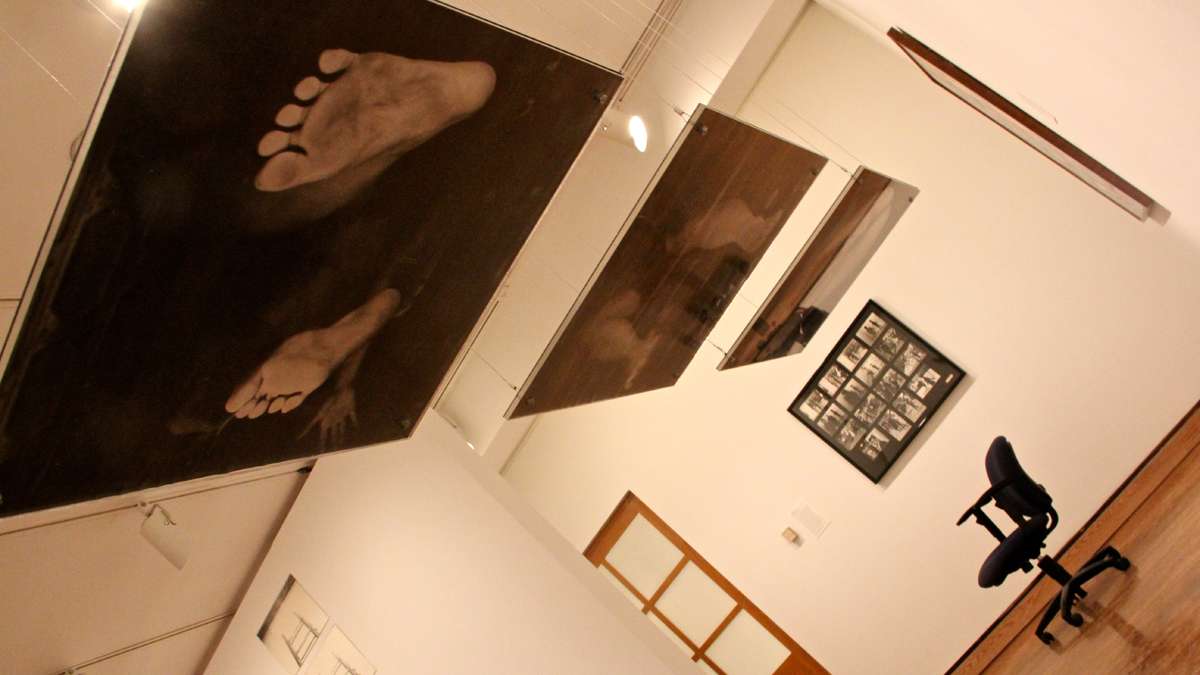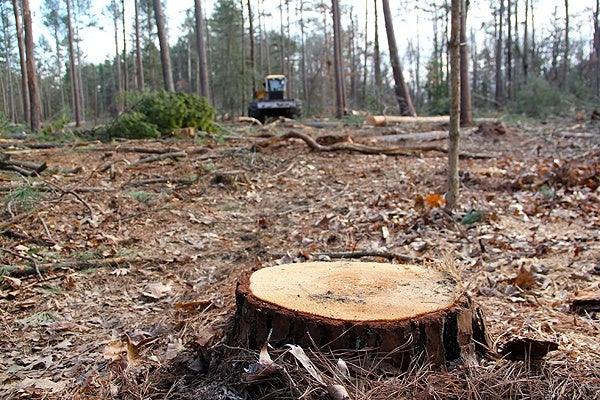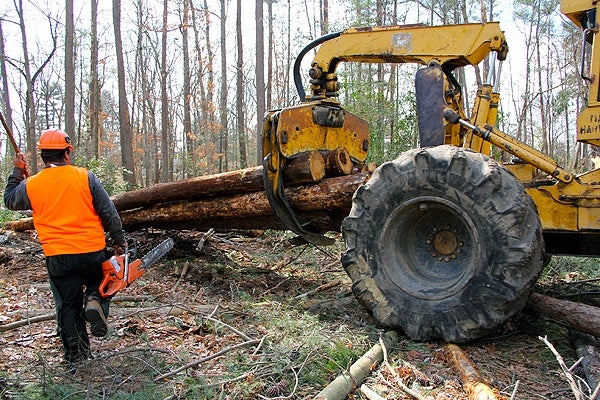Northern cold may ― or may not ― be enough to subdue Southern pine beetles in N.J.
The beetles that feast on New Jersey’s Pinelands may be as shocked as you are by this winter’s unusually cold weather. But it’s not clear — yet — if the cold has been severe enough enough or lasted long enough to hinder the spread of Southern pine beetles.
It takes temperatures as low as minus 7 or minus 8 degrees to blunt the beetles, said Ron Corcory, Southern pine beetle coordinator for the New Jersey Forestry Service.
“While we may have those temps in a certain part of the state, it’s not necessarily where the beetle is. It would be very hard to say that the cold will have a substantial impact,” he said. “It may, it may not. The science people will tell you, you need three, four, five, six sustained days. We haven’t been close to that in the Pinelands.”
Southern pine beetles migrated from Texas to New Jersey a decade ago, causing worries ever since.
The beetles eat the layer of nutrients that keep pine trees healthy; once that’s gone, the tree dies.
“In 2010 was probably our worst year,” Corcory said. “About 14,000 acres were impacted. Right now it’s about 6,000 to 7,000 acres, it’s vacillating.”
The infestation is easy to spot because the evergreens are supposed to keep their jade hue all year long. In an infestation, tree crowns turn brown.
“Pine trees die very quickly, they actually almost turn to powder,” Corcory said.
The current infestation is a small percentage of the millions of acres of pines in New Jersey. “Our concern is that it not get into the heart of the Pinelands,” Corcory said.
The beetles have an interesting way of moving in, said Bennett Jordan, staff entomologist and research scientist with the National Pest Management Association.
A female scout beetle finds a damaged or stressed pine — one with little chance of fighting off infestation — then she calls more and more beetles to that tree. The population burrows into the tree where it “excavates galleries and lays eggs.”
“The really interesting thing is that they inoculate the wood with a blue-stain fungi, which actually prevents the transfer of water throughout the tree,” Jordan said. “One by one, these trees are killed.”
A decade ago, Southern pine beetles were not found in Pennsylvania and New Jersey but as overall temperatures have risen, the insects have moved north.
Pine beetles are not well adapted to prolonged chilly weather, but the population is influenced by many factors beyond the cold. Jordan said it would be spring before scientists can figure out if the cold snap really did slow the infestation.
“It’s not quite as simple as ‘freezing temperature means fewer beetles,'” Jordan said.
It’s difficult to survey insects that spend the winter inside of trees, and Jordan said scientists can only guess at how the natural predators of pine beetles are faring in the deep freeze.
WHYY is your source for fact-based, in-depth journalism and information. As a nonprofit organization, we rely on financial support from readers like you. Please give today.





















